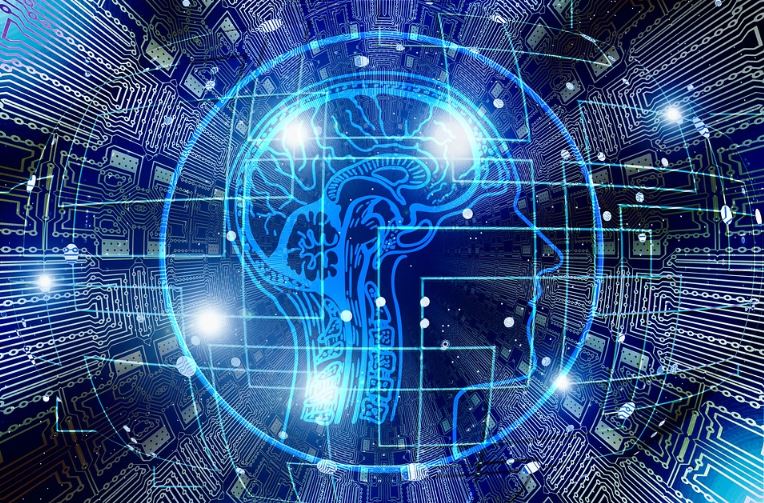 Undoubtedly, modern technology has been vital in ensuring companies save more time while keeping a steady profit. Almost all institutions nowadays utilize technology to constantly communicate with business associates as they deliver their messages to several different colleagues simultaneously. No longer do we need to call so many meetings like we once had to or print out streams of paper copies.
Undoubtedly, modern technology has been vital in ensuring companies save more time while keeping a steady profit. Almost all institutions nowadays utilize technology to constantly communicate with business associates as they deliver their messages to several different colleagues simultaneously. No longer do we need to call so many meetings like we once had to or print out streams of paper copies.
Technology is indeed significant in our lives. It has dramatically upgraded transportation, mechanized the agriculture sector, provided many means of communication, and enhanced the process of education. Put simply; over the past few decades, technological innovation has transformed how we work, play, study, shop, and spend our leisure time.
Whether we like it or not, the application of technology has become an integral part of our lives. From the time we wake up until the moment we go to bed, we have been engaged in several interactions with multiple devices, software programs, and other tools.
However, how has all this modernization affected our health? Is it all good news, or are we paying a price?
Recognizing the relationship between Health Information Technology and Health Communication
People want to control their health and the well-being of those people who they care for. Yet, with the rising complexity of health information and health care environments, many of us still require additional knowledge, abilities, and supportive contacts to meet our health requirements.
Variations in access to health services, information, and technology can result in lower usage rates of preventive services, more limited knowledge regarding the management of chronic diseases, increased rates of hospitalization, and possibly a poorer health status for many individuals.
Appreciating the Benefits of Technology
We sometimes hear on the TV, radio, or online videos and podcasts that modern technology might be doing us more harm than good. Let’s have a look at some of the modern tech’s pros and cons:
Pros
Devices that Can Monitor Health
The development of wearable technology has been exceptionally significant in the field of medicine and health care – both for healthcare providers as well as patients. Today, clinics, hospitals, doctors, and other health care professionals can offer a wide range of tech-related treatment aids for their patients.
Wearables can help doctors, for example, come to a faster and often more accurate diagnosis of a patient’s condition or illness. What would have required a hospital stay or varius laboratory tests, can be carried out while patients go about their daily lives – thanks to wearable technology.
Access to Healthcare from a Distance
Studies show that a growing number of healthcare providers are now utilizing telemedicine solutions to connect with patients from a distance. Pregnant mothers, for example, can be monitored, advised, and even diagnosed remotely today. This is something we could only dream about a few decades a go.
As telemedicine improves, many features of healthcare will probably become more accessible and practical.
Cons
Even though technological innovation has helped improve our quality of life, it has also brought some undesirable consequences.
Bad Posture
We spend much more time physically inactive compared to our parents or grandparents. Much of this time is spent sitting on a chair looking at a screen. For young people, bad posture when sitting does not usually cause immediate problems. However, after many years of sitting incorrectly and not getting up regularly, most humans start having health problems.
Lower backacke, shoulder pain, and neck strain are common problems that affect people today. Years of bad posture can lead to prolonged discomfort and pain that cannot be quickly reversed or remedied, even by robots.
Computer Vision Syndrome
Many people spend all day staring at a computer screen. This can significantly strain the eyes. According to WebMD, from 50% to 90% of people who work at computer screens have some symptoms of computer vision syndrome (CVS).
Rather than one particular problem, CVS includes a wide range of eye discomfort and strain. Its cause is similar to repetitive strain injury (RSI), which might affect a worker’s elbow, wrist, or shoulder from repeating the same movement again and again.
If you spend your working day in front of a computer screen, your eyes must continuously focus and refocus. They move from the screen to papers on your desk and back to the screen again. Add to this the glare, flicker, and contrast on the screen, and your eyes get tired and strained.
Although computers do not typically cause long-term eye damage, regular use can lead to:
- Headaches
- Dry eyes (red eyes)
- Blurred vision
- Double vision
To Conclude
At this point, there is indeed no turning back for us. Modern technology is here to stay. We need to learn how to embrace it and deal with some of its unpleasant consequences effectively.

